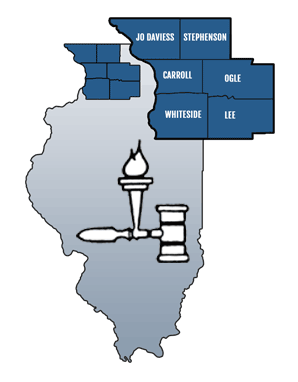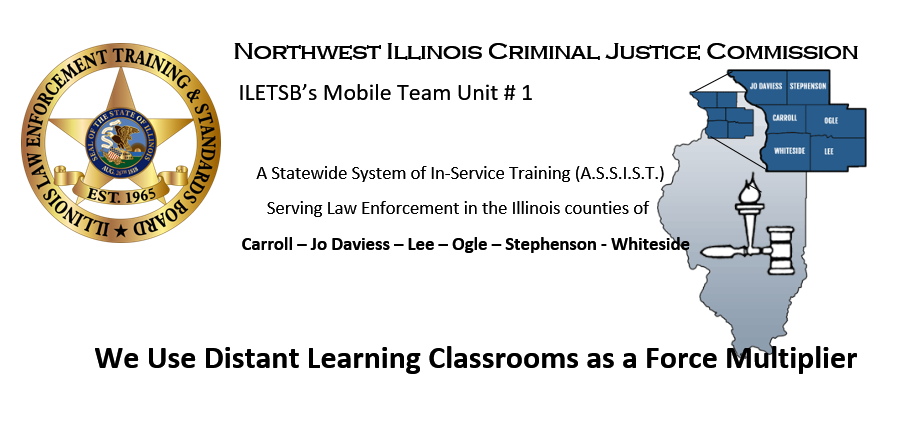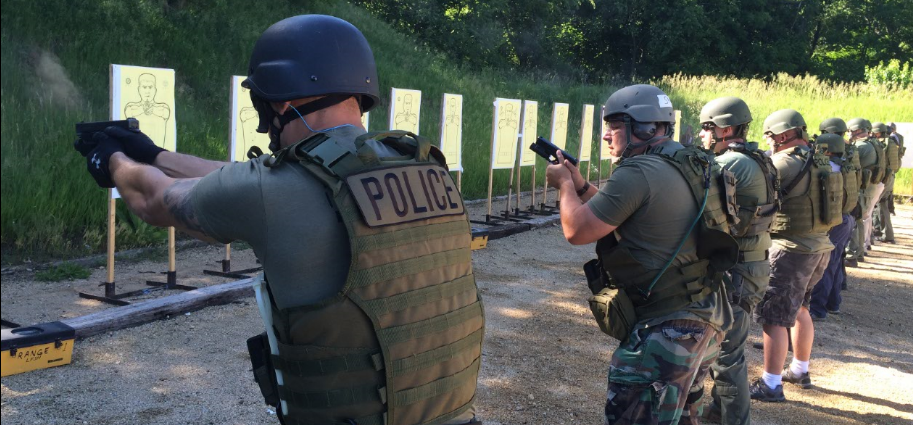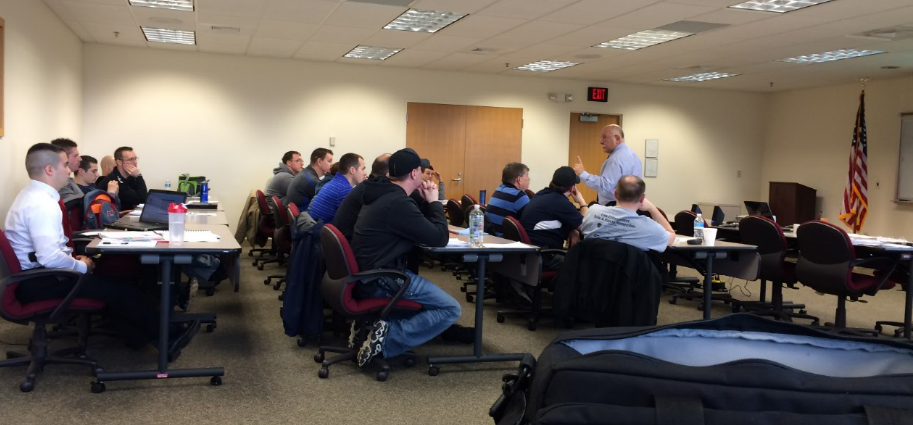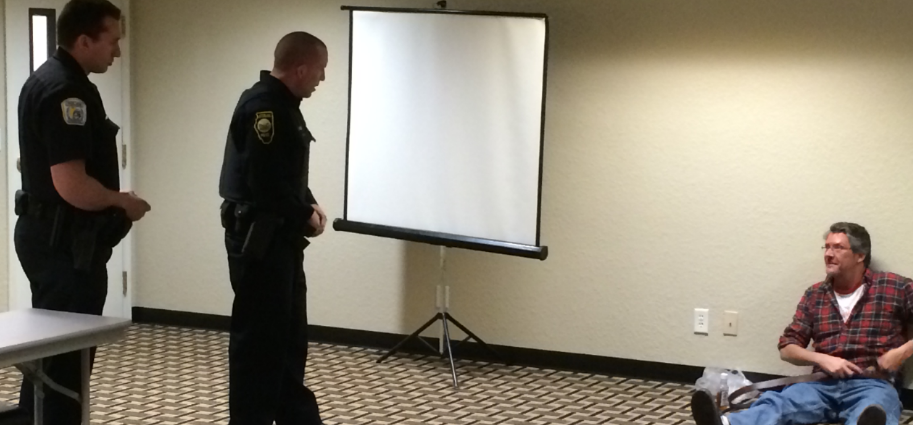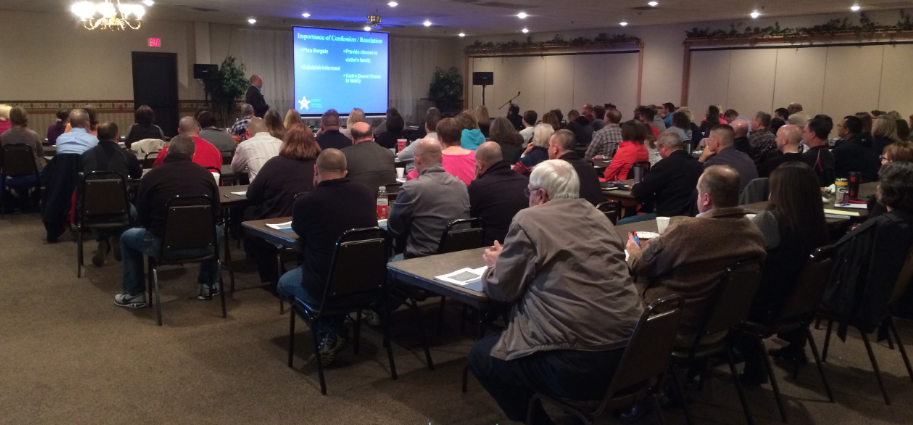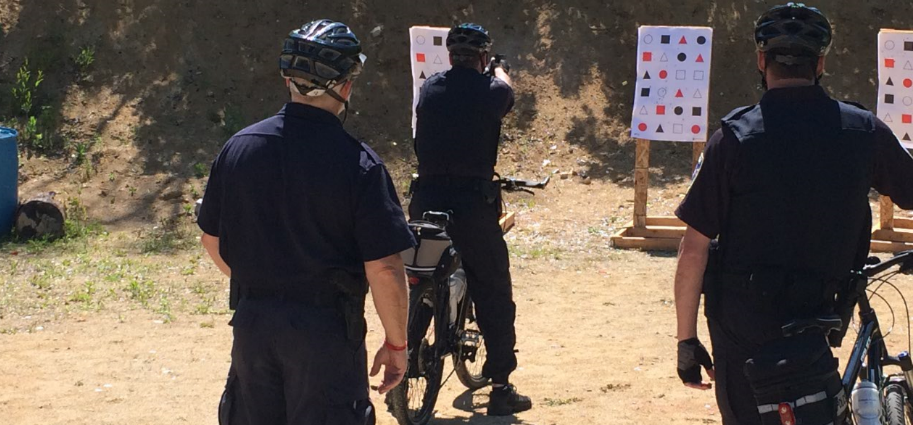Crisis Communications for Law Enforcement Command Staff & Public Information Officer-Rockford
Ends On: Tuesday, March 26, 2024
Registration Deadline: Saturday, February 24, 2024
Time: 8:00 AM - 5:00 PM
NITAB Training Room
Rockford, IL 61108
Members' Fee: $0
Sworn Non-Members' Fee: $0
Non-Members' Fee: $0
DOWNLOAD FILE
This course has been approved by ILETSB to meet the following mandates:
Crisis Intervention .5 Hours
Legal Updates .5 Hours
Procedural Justice 6.5 Hours
COURSE CONTENT:
PURPOSE OF COURSE: A law enforcement agency can only engage in effective internal communications and public messaging when leaders and communicators operate from the same sheet of music utilizing proactive and intentional communications strategies. This 2-day course prepares law enforcement leaders and those who message on behalf of an organization to take actionable steps to prevent and mitigate reputational crises and to lead through public safety crises. It prepares PIOs and leaders who oversee and direct public messaging to think strategically about leadership and communication and how to blend the two to prevent, mitigate and respond to the wide variety of crises law enforcement agencies face.
COURSE OVERVIEW: This course provides in-depth training on crisis communication for law enforcement leaders and PIOs through an actionable curriculum that blends theory with practical exercises. Focusing on communications strategies utilizing internal communications, social media and the traditional media, it also looks at internal culture and personal leadership that can greatly impact the ability to handle a crisis.
COURSE GOALS: By the end of this course, students will have a more comprehensive understanding of public communication strategy in times of crisis. Upon completion students should be able to:
-
Explain the importance of timely communication when handling a crisis.
-
Explain when and what to share when a critical incident is first unfolding.
-
Implement strategies to counter negativity on social media.
-
Write an effective news release.
-
Set up a press conference with crucial logistical considerations.
-
Integrate the role of the Public Information Officer with unified command.
-
Take steps to prevent reputational crises caused by misconduct.
-
Explain how personal leadership is crucial to successfully navigating a crisis.
COURSE PREREQUISITES: This course will be offered to both sworn and civilian personnel of law enforcement agencies.
METHODS OF EVALUATION: The instructors utilize in-class discussion and practical exercises to gauge student comprehension of the topics presented. The Northern Illinois Training Advisory Board will also issue each student a QR code to rate the class and instructors.
METHODS OF INSTRUCTION: This course is conducted using the following methods of instruction in an adult-learning format:
-
In-class lecture and power point presentation
-
In-class video presentations
-
Student participation through group projects and discussions
The proposed training program is intended for a minimum of 15 participants and a maximum of 75 participants.
All physical copies of course material will be provided by the local training unit or educational institution.
RECOMMENDED INSTRUCTIONAL AIDS: The course requires the availability of a multi-media projector with sound. The training site will provide either a computer connected to the multimedia projector or the ability for the instructors to connect their laptop to the projector via an HDMI chord connection. As the course uses a PowerPoint presentation and multiple videos, high quality video and sound are preferred. The ideal training site will have Wi-Fi accessibility for students.
ATTENDANCE POLICY: This is a state certified course. Thus, no more than 10% of class time, or approximately 48 minutes, may be missed. It is strongly suggested, however, that the student be in attendance for the entire session to maximize upon the knowledge and skill development associated with the training. Should a temporary absence from the class be necessary, it remains in the responsibility of the student to contact the instructor and arrange to obtain any information or materials missed due to the absence.
DAY ONE TOPICAL OUTLINE
I. Introduction and Course Overview
II. Own Goal: Allen, Texas Mass Shooting Case Study
III. Run It Like A Newsroom: A Communications Philosophy
IV. Social Media Strategies and the Art of the News Release
V. Practical Exercise: An Impending Controversy
VI. Optimizing the PIO Role in Your Organization
VII. Critical Incident Response: Tabletop Exercise
VIII. Summary and Review
DAY TWO TOPICAL OUTLINE
-
Internal Communications: Focusing on a Critical Audience
-
Media Relations: Rapport to Interviews
-
Practical Exercise: Bridging to a Better Answer
-
Navigating Negativity
-
Reputational Crises: A Focus on Leadership
-
Avoiding Reputational Crises through Policy, Training and Values
-
Practical Exercise: Going Viral
-
Summary and Review


